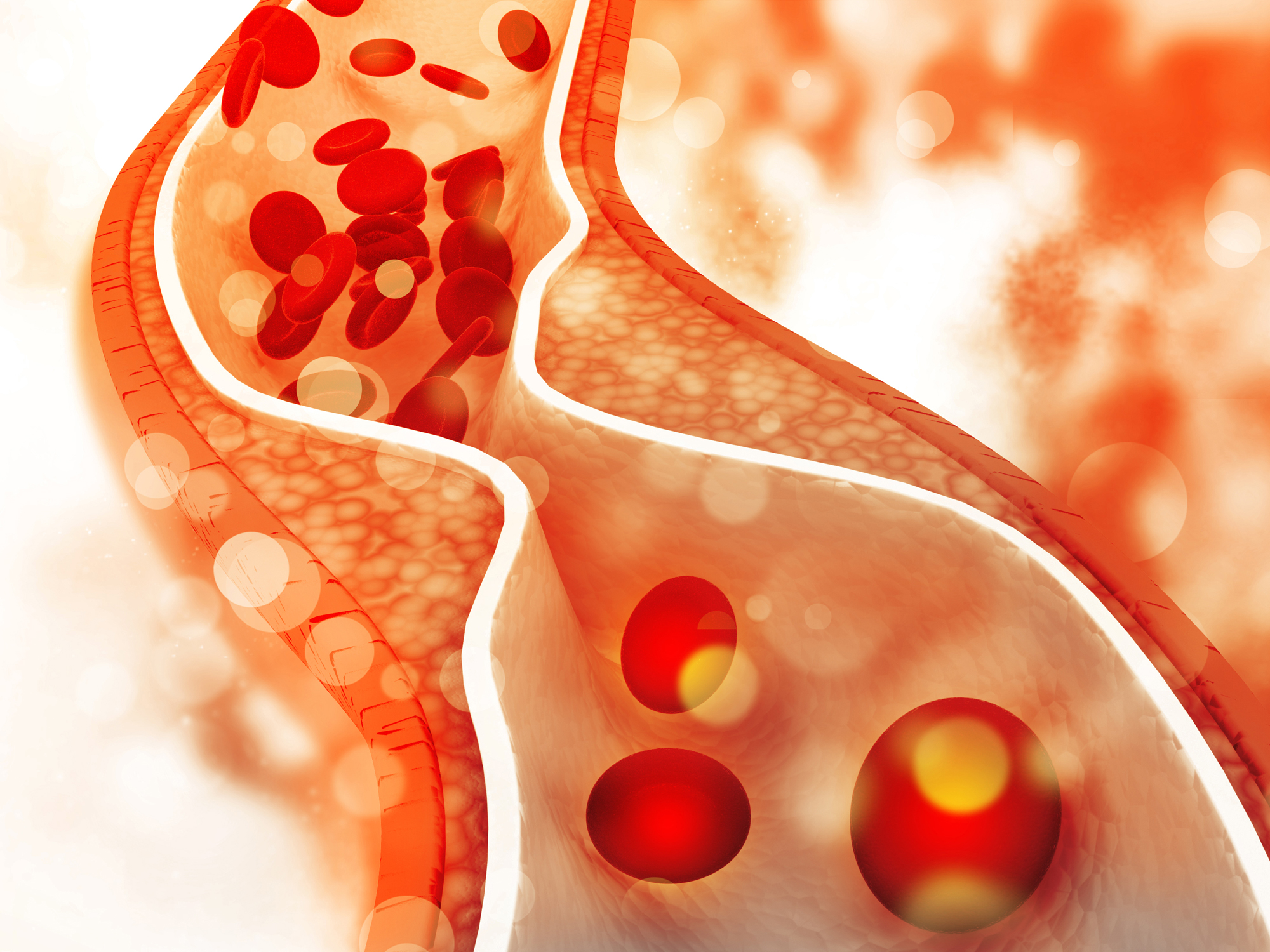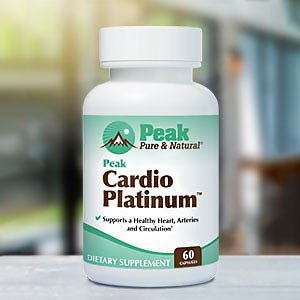Get Easy Health Digest™ in your inbox and don’t miss a thing when you subscribe today. Plus, get the free bonus report, Mother Nature’s Tips, Tricks and Remedies for Cholesterol, Blood Pressure & Blood Sugar as my way of saying welcome to the community!
The bigger this body part, the smaller your stroke risk

As women, it’s been drilled into our head that slim calves are sexy… so much so that some women go under the knife for calf reduction surgery.
But men aren’t off the hook either where calves are concerned…
They’ve been told thick, muscular calves are attractive and masculine. So, men with thin calves will spend hours in the gym trying to bulk up or may even resort to calf implants.
But here’s the thing…
Going under the knife comes with serious risks. And although exercise can make some difference in calf size, it largely comes down to genetics.
So, just be happy with the calves you have. Don’t let society tell you there’s something wrong with your lower legs (or any other body part, for that matter).
But aesthetic concerns aside, there is one health reason to give your calf size a second thought… especially if you’re a man.
Use your calf size to size up your stroke risk
Back in 2008, researchers from Broussais Hospital in France uncovered an alarming connection between calf size and stroke risk in men.
Their study included 6,265 men who were 65 years or older. They determined that men who had a larger calf circumference (a.k.a. bigger calves) also had fewer plaque deposits in their arteries.
Fewer plaque deposits mean a lower risk for carotid artery disease (the narrowing of the blood vessels in the neck that carry blood to the brain) and stroke.
But why would this be the case?
Well, there are a few potential reasons…
One possibility is that larger calves give the body more space to store fat, so it’s not circulating in the bloodstream and clogging up your arteries.
Another possibility relates to muscle mass. People with bigger calves tend to have more muscle mass throughout their body, and higher muscle mass is tied to lower stroke risk.
Should you be concerned about your calf size?
If you’re a man with small calves, don’t worry. Big calves aren’t always better. Even though men with big calves have a lower stroke risk, they also have a higher risk of nonalcoholic fatty liver disease, which is dangerous too.
So, in the end, it could be a toss-up.
What’s most important, regardless of your calf size, is eating healthy and exercising. That will slash both calf-size-related risks I mentioned significantly. Exercising, in particular, wards off the muscle mass loss that strikes everybody with age, which means it can help keep your calf size (and stroke risk) stable as people around you are losing calf circumference (and gaining stroke risk). If you want to build calf strength specifically, add some running, biking or anything that involves jumping (like jumping jacks or jumping rope) to your regular exercise routine.
Editor’s note: What do you really know about stroke? The truth is, only 10% of stroke survivors recover almost completely, and all doctors can offer is what to do after a stroke occurs. That’s unacceptable considering 80% of strokes are preventable! Click here to discover how to escape The Stroke Syndrome: 5 Signs it’s Stalking You — Plus the Hidden Causes and Preventive Measures You’ve Never Heard About!
Sources:
- What Men’s Calf Size Says About Their Health, According to Science — Fatherly
- Calf Circumference Is Inversely Associated With Carotid Plaques — Stroke
- Higher skeletal muscle mass may protect against ischemic stroke in community-dwelling adults without stroke and dementia: The PRESENT project — BMC Geriatrics
- Carotid Artery Disease (Carotid Artery Stenosis) — Cleveland Clinic













